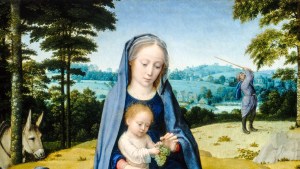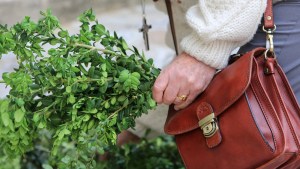This weekend we mark Christ’s joyous entry into Jerusalem. As Mark wrote in chapter 11, verse 8 of his Gospel:
Many people spread their cloaks on the road, and others spread leafy branches that they had cut from the fields.”
While we don’t know for certain what these branches consisted of, some scholars believe that the locals would have used a type of palm commonly known as brushwood that grew in the area.
Brushwood doesn’t much resemble the palm leaves used in churches today. In fact, it is believed that the traditional brushwood was replaced by date palm, more ideal to form the little crosses that we’re more familiar with.
However, as date palm is native to warmer countries, including the Middle East, Africa, Southern California, Mexico, you might be wondering what other countries used for their Palm Sunday services.
Thanks to advances today, it’s possible to export these sorts of crops to colder climes, or even grow them in specific conditions. For centuries, however, the faithful in Northern Europe would have had to resort to some palm plant alternatives.
The only hiccup was that these different plants would have to comply with the rules of the Church during Lent that stipulated only sallow catkins and branches were allowed into churches. Thankfully, parishioners found some interesting alternatives that were used throughout Northern Europe, and in some cases remain a popular option today.
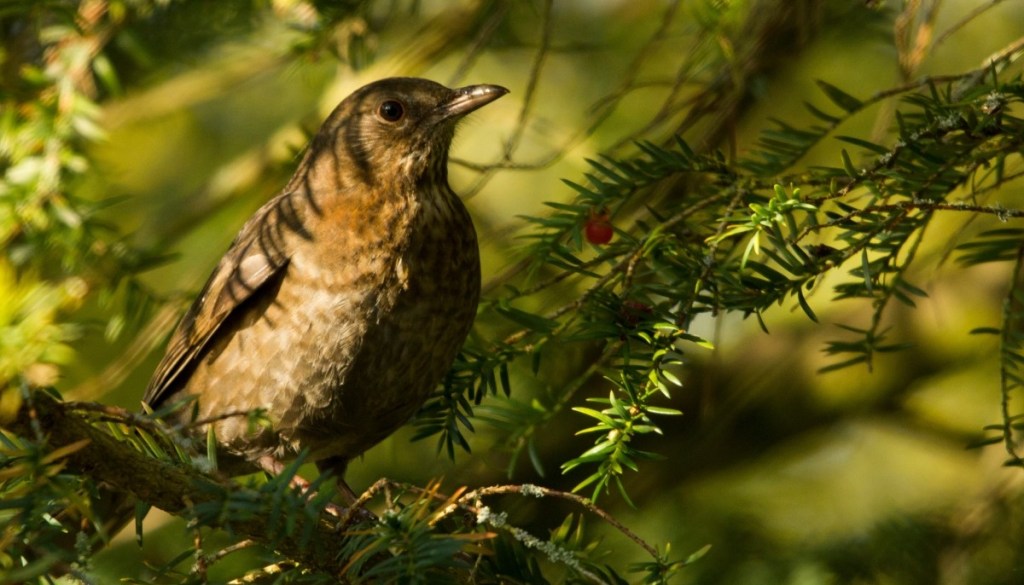
Yew tree
Interestingly this special day in the Church calendar wasn’t always called “Palm Sunday” among some Catholics in Europe. In the Emerald Isle the cypress or yew tree was used for Palm Sunday. So traditionally the Irish called it Domhnach an Iuir, or Yew Sunday.
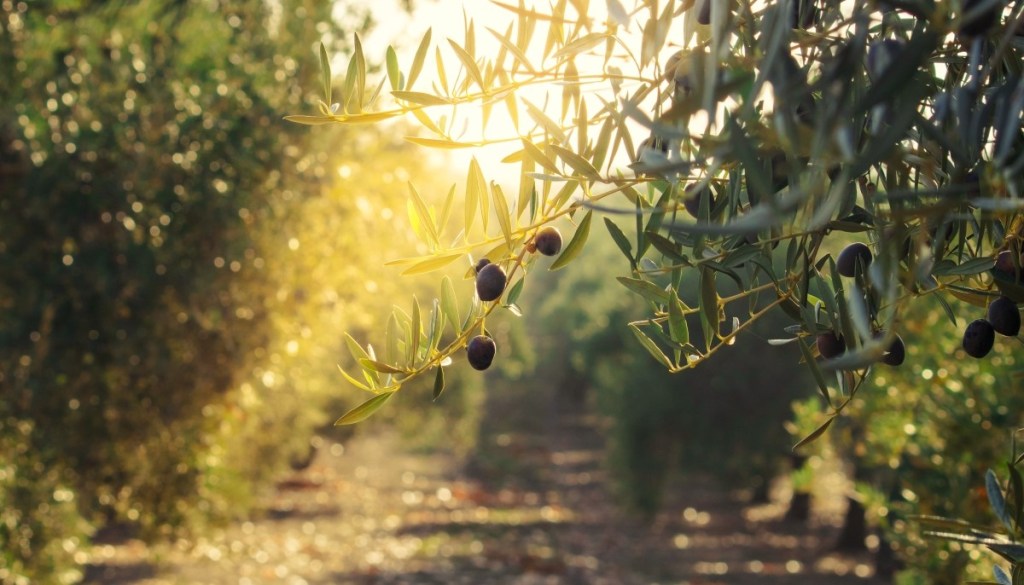
Olive branches
Olive branches are also used in some European countries, particularly in Mediterranean regions. In everyday life the term to “hold out an olive branch” is a peace-seeking gesture, and in Christianity the olive tree has significant symbolism, too, representing peace, reconciliation, and the presence of the Holy Spirit. This is most appropriate for Palm Sunday as it is reminiscent of Jesus’ entry into Jerusalem as the Prince of Peace.
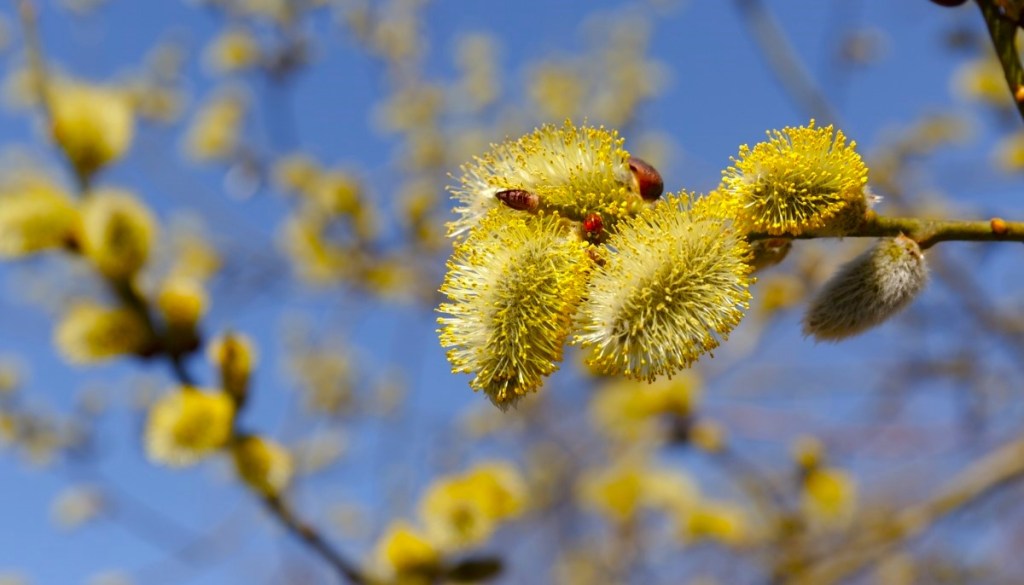
Goat willow
Many countries in northern Europe adopted the goat willow, also known as sallow, Salix caprea or the pussy willow, to use in the celebrations, and in the north of England some churches still use it today.
The willow has actually had some interesting symbolism throughout history. While in the Bible the tree was seen as a symbol of celebration, in later centuries it was associated with sadness. In fact poor Ophelia drowned near a willow tree in Shakespeare’s Hamlet.

Birch branches
In Eastern European countries, birch branches may be used for Palm Sunday celebrations. Birch trees are often seen as symbols of purity and new beginnings. They represent the purity of Jesus Christ and the new life He brings to believers.

